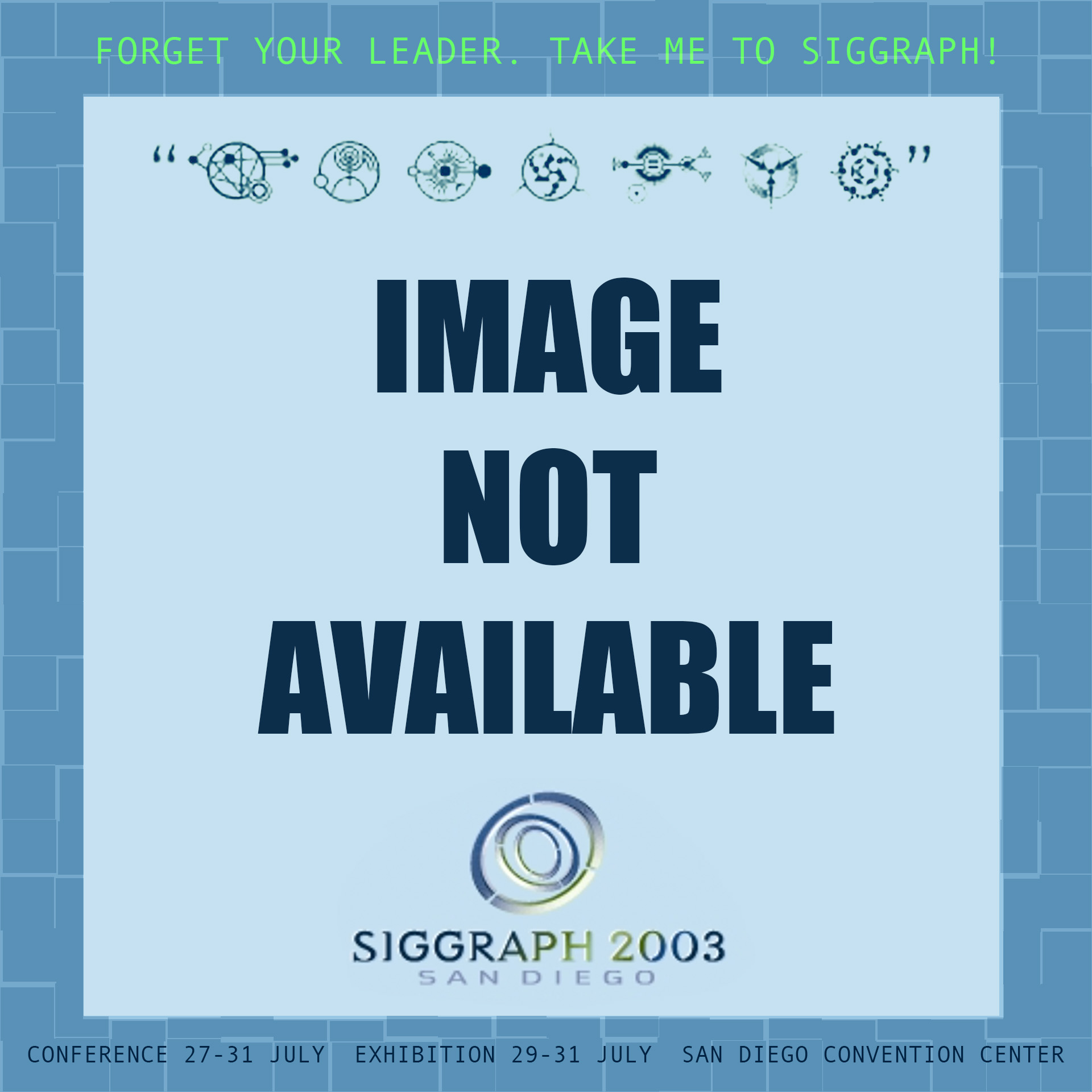“Music Interaction With Style” by Pachet
Conference:
- SIGGRAPH 2003
-
More from SIGGRAPH 2003:


Type(s):
E-Tech Type(s):
- Audio and Music
- Interfaces & HCI
Entry Number: 12
Title:
- Music Interaction With Style
Presenter(s):
Project Affiliation:
- Sony Computer Science Laboratories
Description:
The Continuator system may be seen as a realization of Ray Kurzweil’s prophecy [Kurzweil, 1999], which predicts that “Human musicians routinely jam with cybernetic musicians”. Indeed, musical systems have traditionally been of one of two categories: interactive systems, such as the Karma musical workstation [Kay, 2000], [Risset & Van Duyne, 1996] take into account user input such as keystrokes or chords, but are not capable of learning, and use pre-programmed musical styles. On, the other hand, many musical learning systems have been designed to reproduce music “in the style of X” (e.g. [Cope, 1996], but these systems are intrinsically non interactive. The goal of the Continuator project is to fusion both world, i.e. design interactive musical instruments that are able to learn. To this aim, we have addressed and solved the following issues:
• The ability to learn musical styles in real time, without a priori musical knowledge,
• The ability to take into account user input in real time during the generation process,
• The definition of interacting modes that give users degrees total control on the music generated, while enhancing their musical expressiveness.
Other Information:
References
KURZWEIL, R. 1999. The Age of Spiritual Machines, Phoenix.
PACHET, F. 2002. Playing with Virtual Musicians: the Continuator in practice, IEEE Multimedia 9:3, pp. 77-82.
COPE, D. 1996. Experiments in Musical Intelligence Madison, WI: A-R Editions.
KAY, S. 2000. The Korg Karma music work station, Korg Inc.
RISSET, J.-C. AND VAN DUYNE, S. 1996. Real-time Performance Interaction with a Computer-Controlled Acoustic Piano, CMJ 20(1), pp. 62-75.




